Ingredienti per 1 teglia da forno
- 600 gr di farina
- 350 ml d’acqua
- 50 ml olio d’oliva extra vergine
- 12 gr di lievito fresco
In una ciotola capiente versare l’acqua e l’olio, quindi aggiungere il lievito con un cucchiaino di zucchero. Mischiare con un cucchiaio di legno e lasciare riposare 5 minuti.
Aggiungere quindi la farina ed un cucchiaino e mezzo di sale quando la massa inizia a prendere consistenza e continuare ad ammassare fino ad ottenere una massa elastica e leggermente appiccicosa.
Impastare quindi per qualche minuto rettificando con un poco di farina quando la massa diventa troppo appiccicosa, fino ad ottenere una pallina liscia e omogenea.
Collocare quindi la pallina nella ciotola previamente unta con un filo d’olio, coprire con un piatto e lasciar riposare per 30 minuti.
Prendere quindi la pallina di massa e collocarla sul piano di lavoro previamente cosparso di farina. Schiacciarla dolcemente con il palmo della mano fino ad ottenere una forma rettangolare.
Piegare verso l’interno prendendo i due estremi del lato corto del rettangolo, capovolgere la massa e riformare la pallina.
Lasciar riposare per 15 minuti.
Ripetere nuovamente questa operazione e lasciar riposare per altri 15 minuti.
Prendere la pallina di massa e collocarla sul piano di lavoro previamente cosparso di farina. Schiacciarla dolcemente con il palmo della mano fino ad ottenere una forma rettangolare.
Prendere la teglia da forno e cospargerla generosamente con olio d’oliva in modo da coprirne l’intera superficie
Prendere gli angoli del lato corto superiore della massa e piegarli verso l’interno creando una sorta di punta triangolare, quindi arrotolare la massa su se stessa fino a darle la forma di uno sfilatino.
Collocare lo sfilatino nella teglia girandolo in modo che sia unto su entrambi i lati, collocando il lato di giuntura della massa a contatto con la teglia.
Lasciar riposare per 30 minuti.
A questo punto iniziate a schiacciare con il palmo della mano la massa in modo che in tre passaggi abbia raggiunto la totalita della superficie della teglia: stesura / 15 minuti di riposo / stesura / 15 minuti di riposo / stesura.
Coprire la teglia con pellicola trasparente senza tendere troppo la pellicola sulla teglia.
Lasciar riposare per 1 ora e mezza.
Preriscaldare il forno a 220 gradi.
Rimuovere la pellicola e praticare con i quattro polpastrelli della mano delle cavitá su tutta la superficie della massa per creare i tipici “buchi” della focaccia genovese.
Quindi cospargere con tre spizzicate di sale grosso la massa della focaccia.
In un bicchiere versare acqua e olio fino a raggiungere un terzo del bicchiere. Le proporzioni sono 1 misura d’acqua e 2 d’olio.
Emulsionare il contenuto del bicchiere con un cucchiaino fino a mischiare i due elementi e versare sulla focaccia.
Cospargere in modo uniforme tutta la superficie della focaccia e infornare.
Prima di chiudere il forno versare un bicchierino d’acqua sulla leccarda per creare vapore nel vano del forno.
Verificare la cottura ed eventualmente girare di 360 gradi la teglia a metá cottura e togliere dal forno quando la focaccia é bella dorata. Calcoliamo tra 15 e 25 minuti dipendendo dal forno.
Buon appetito figgeu!




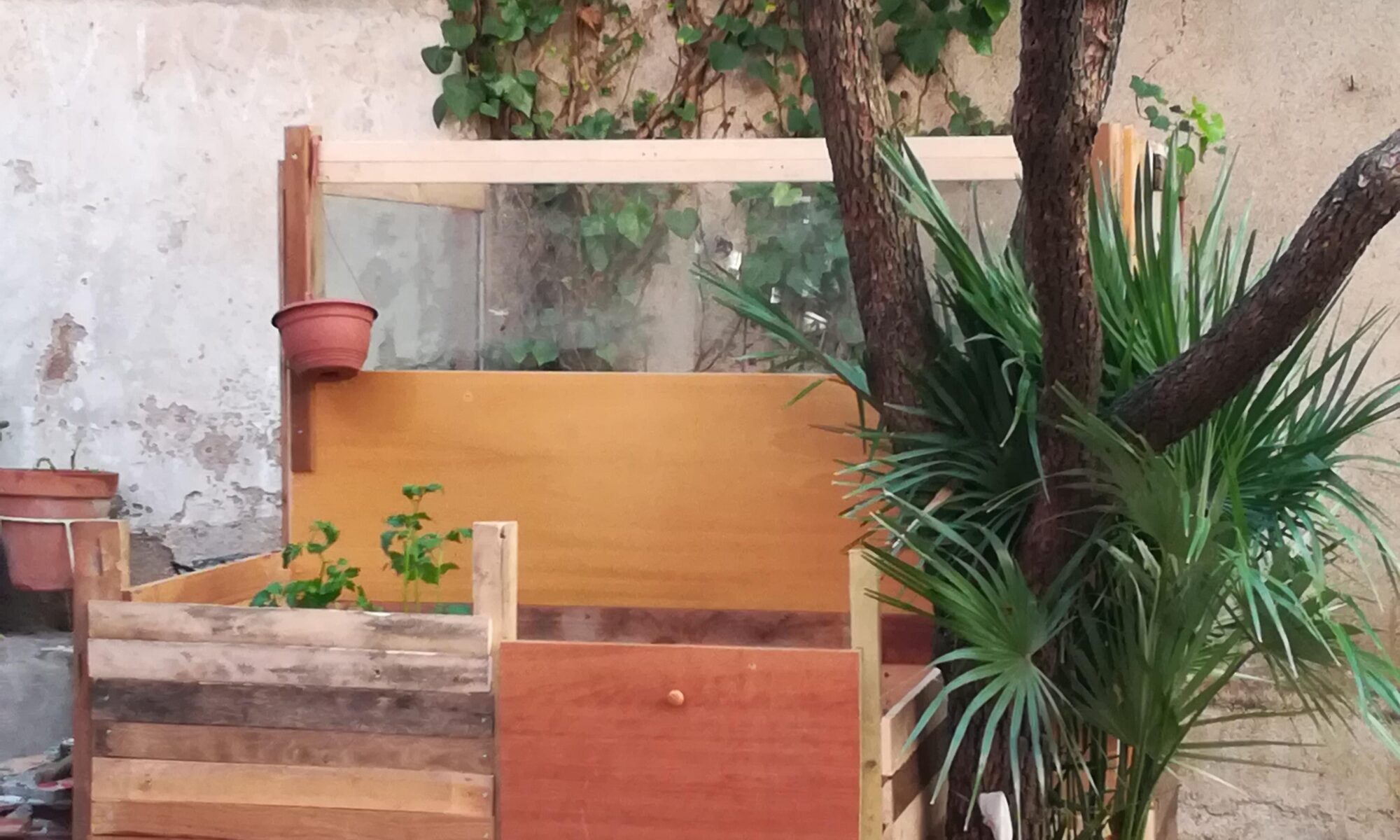
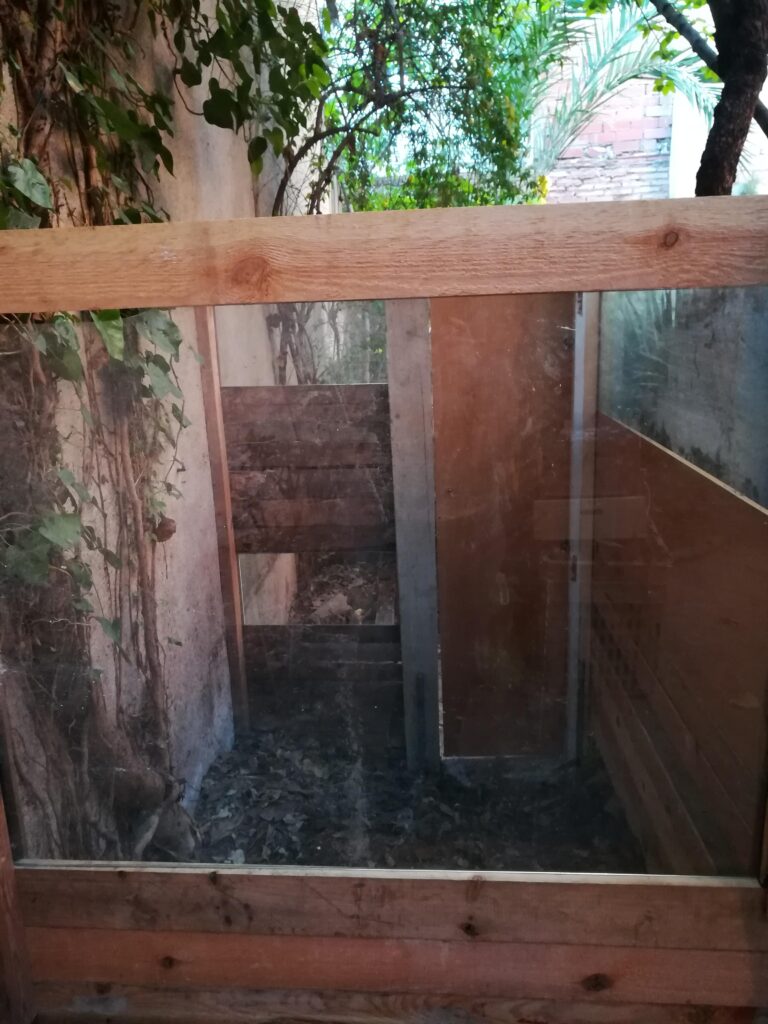
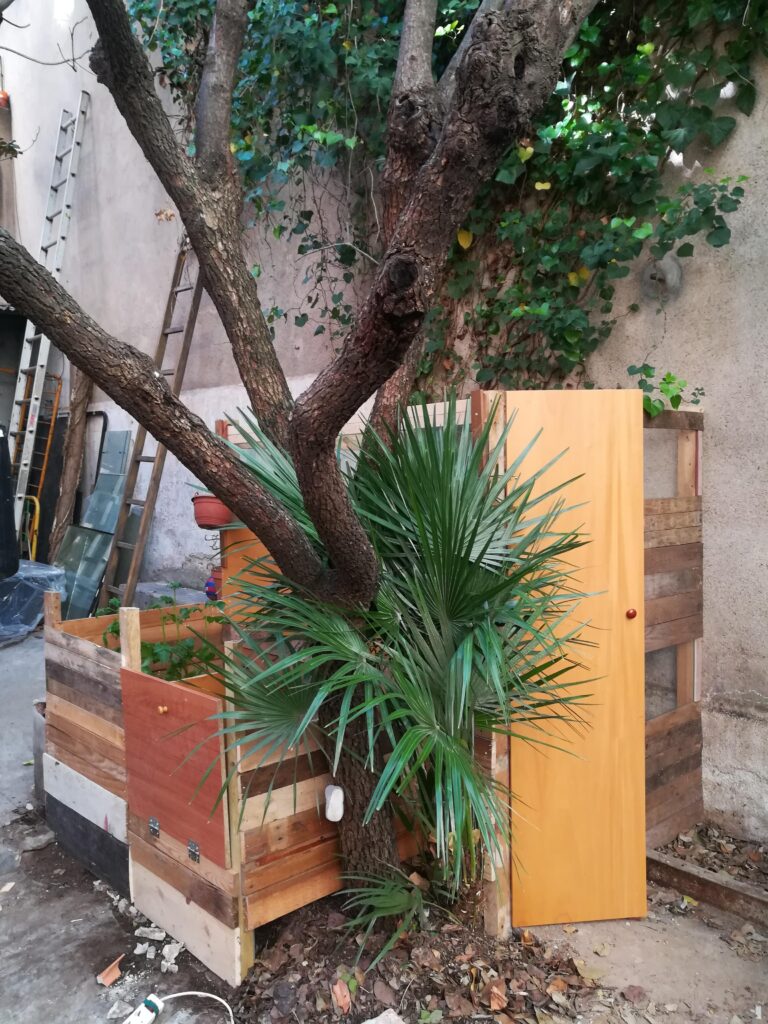
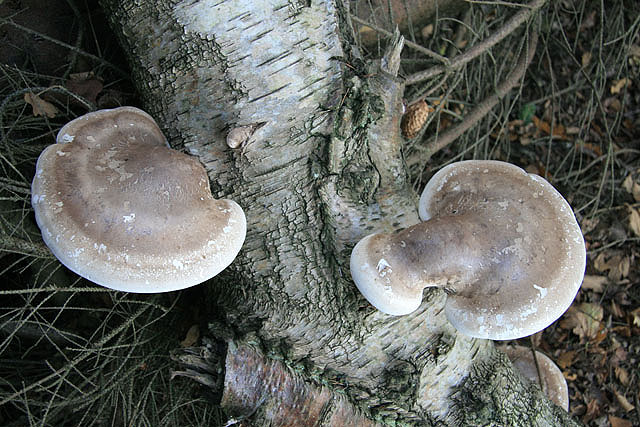
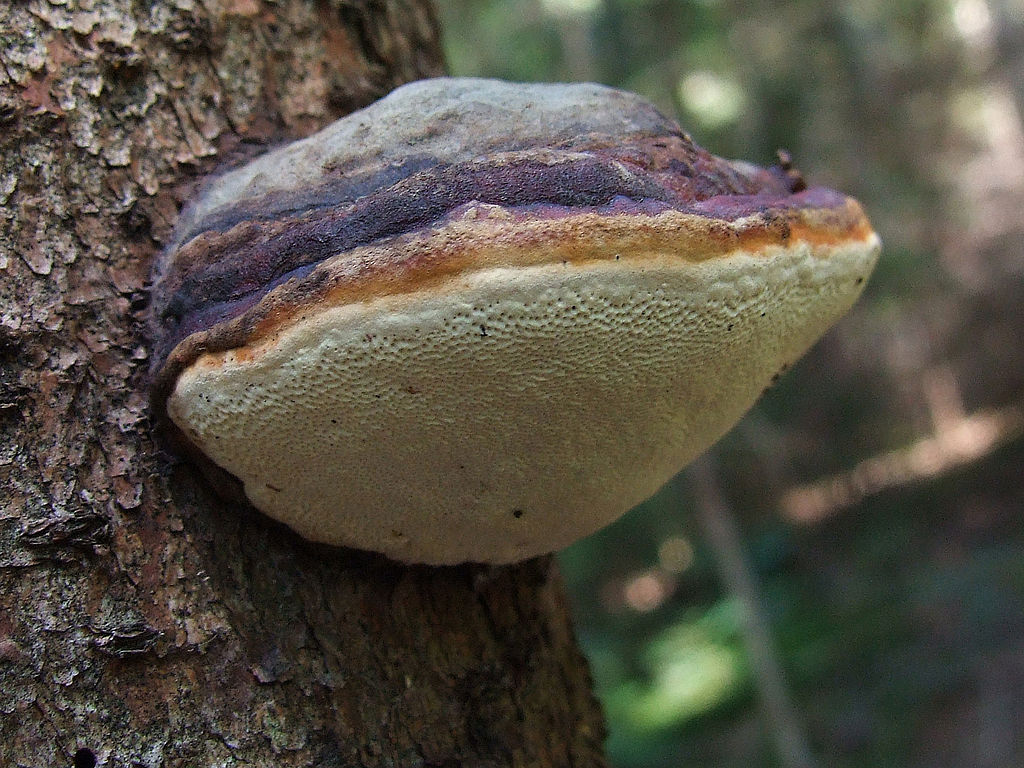
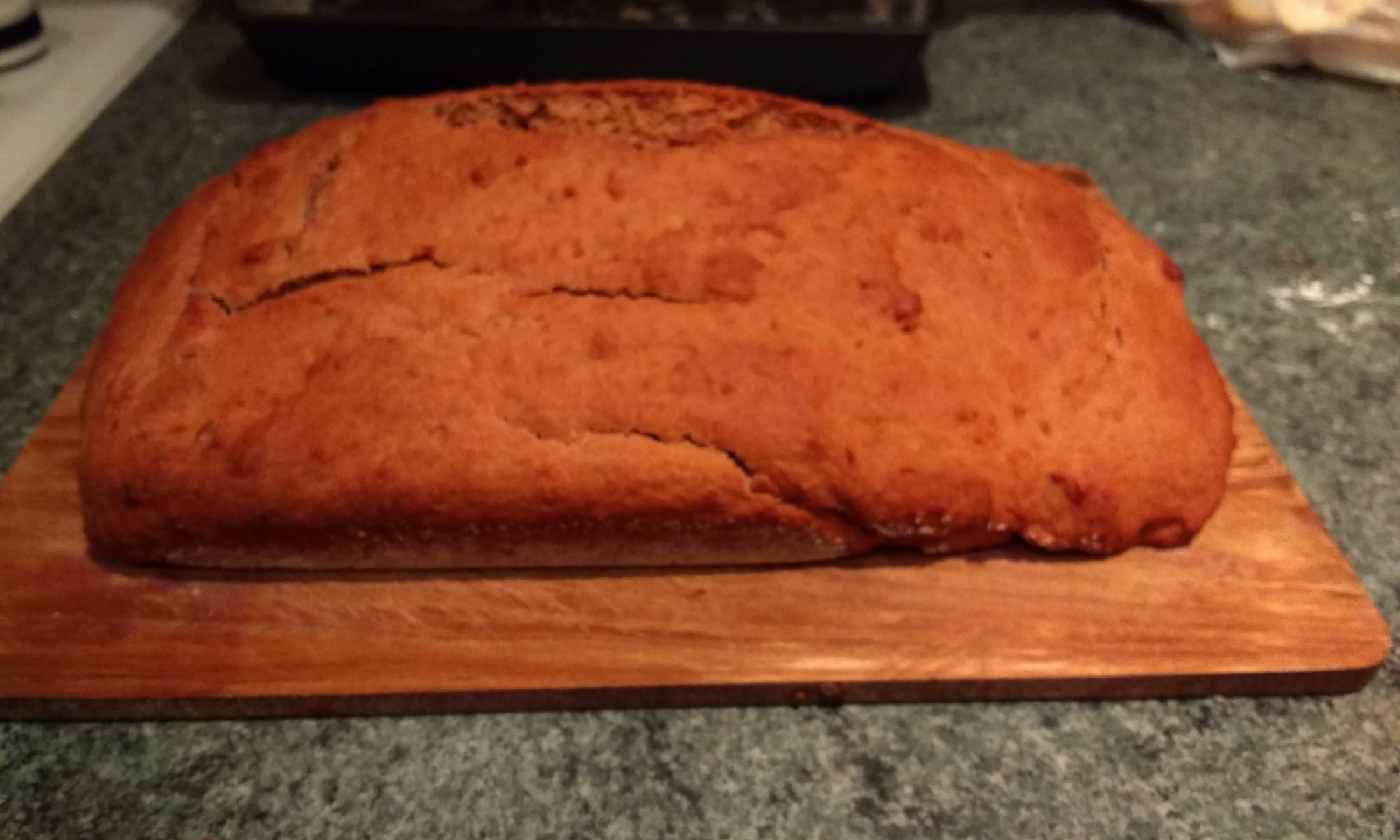
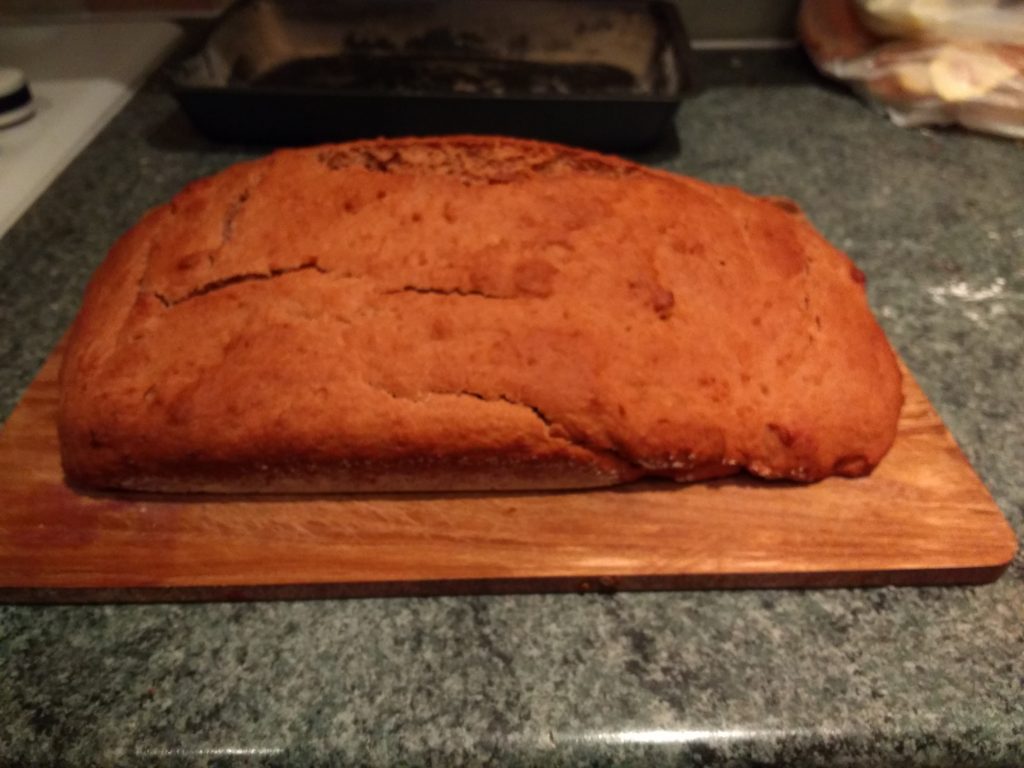
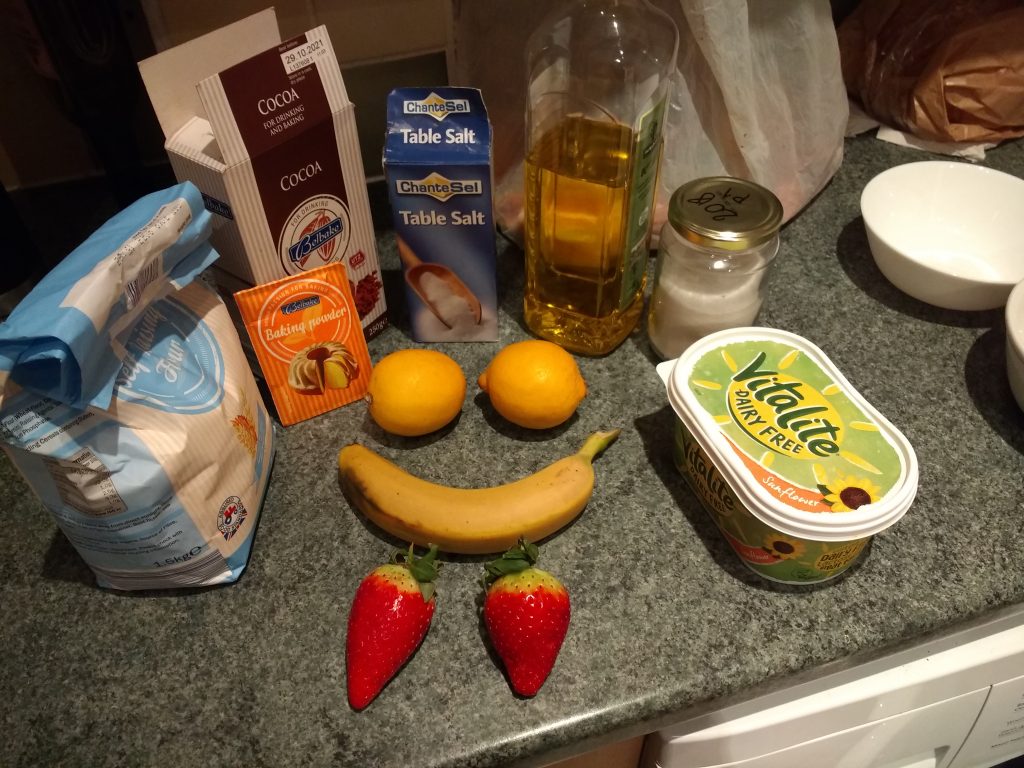
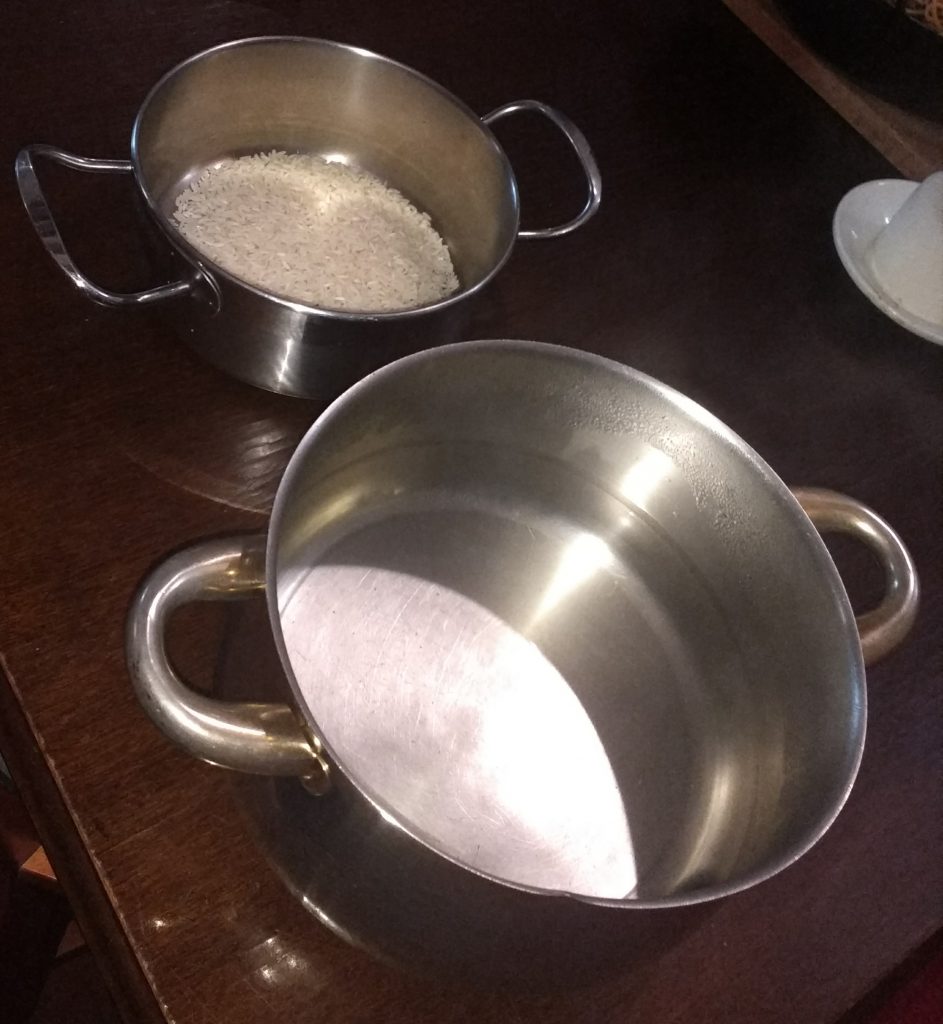
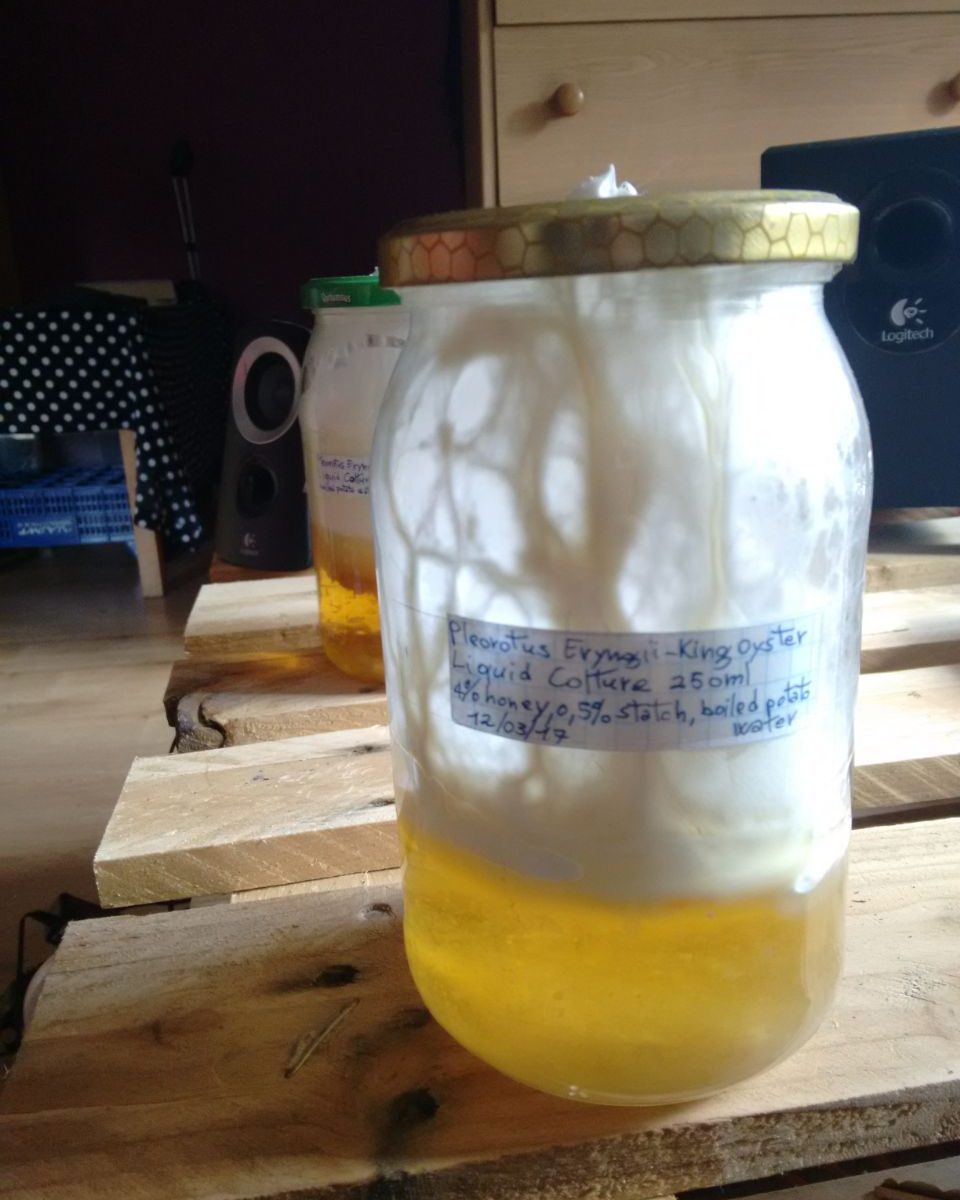
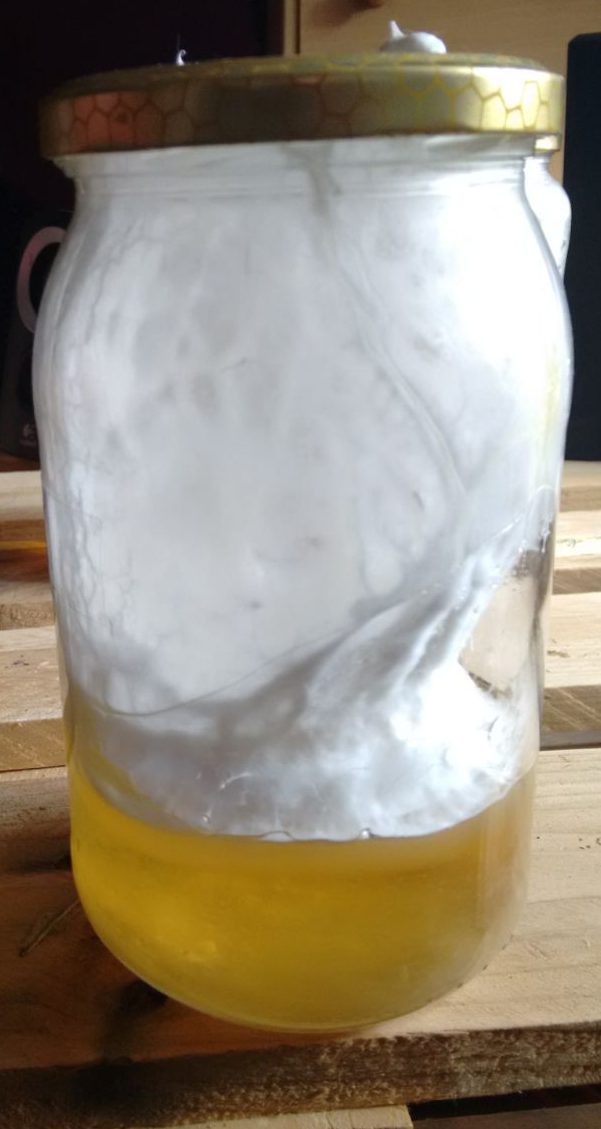
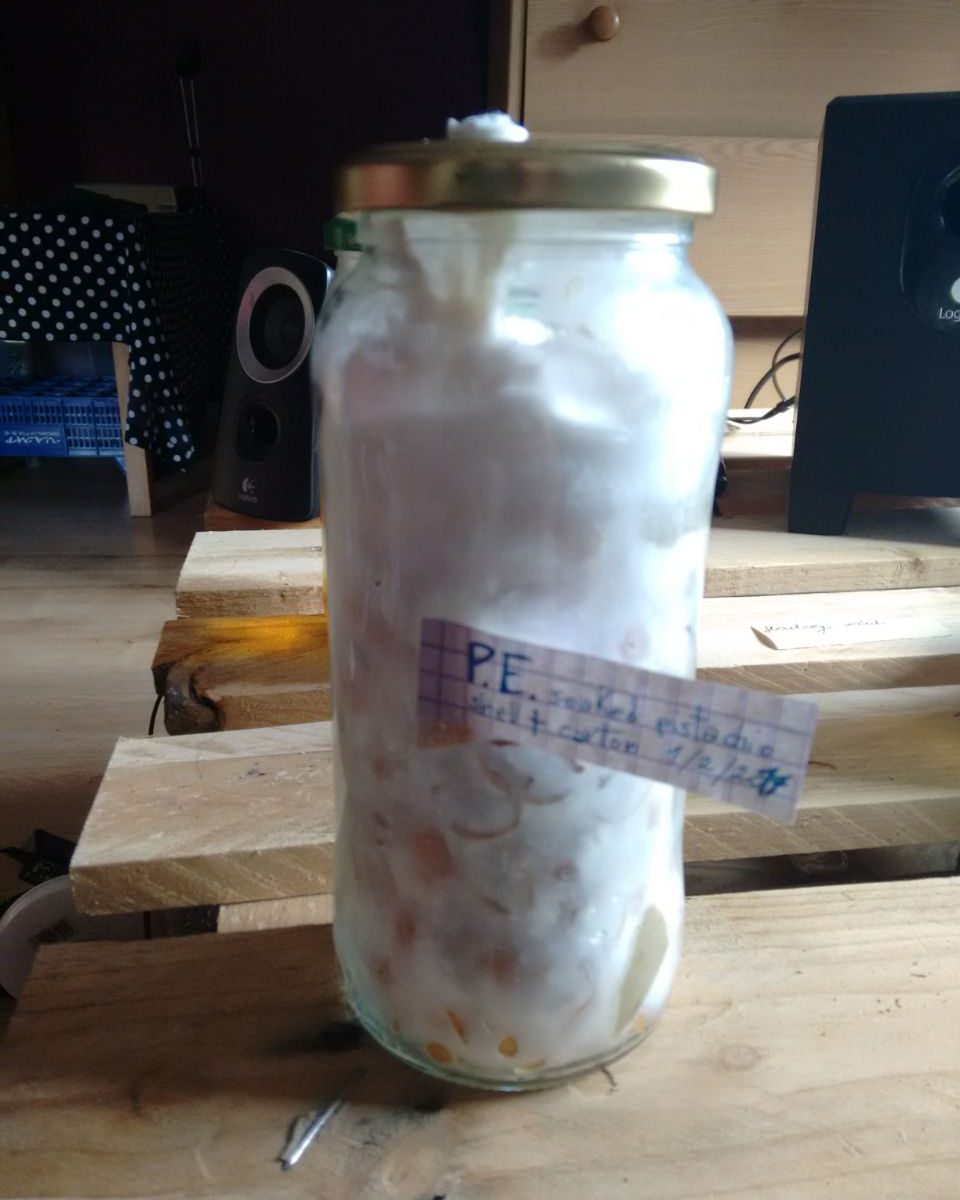
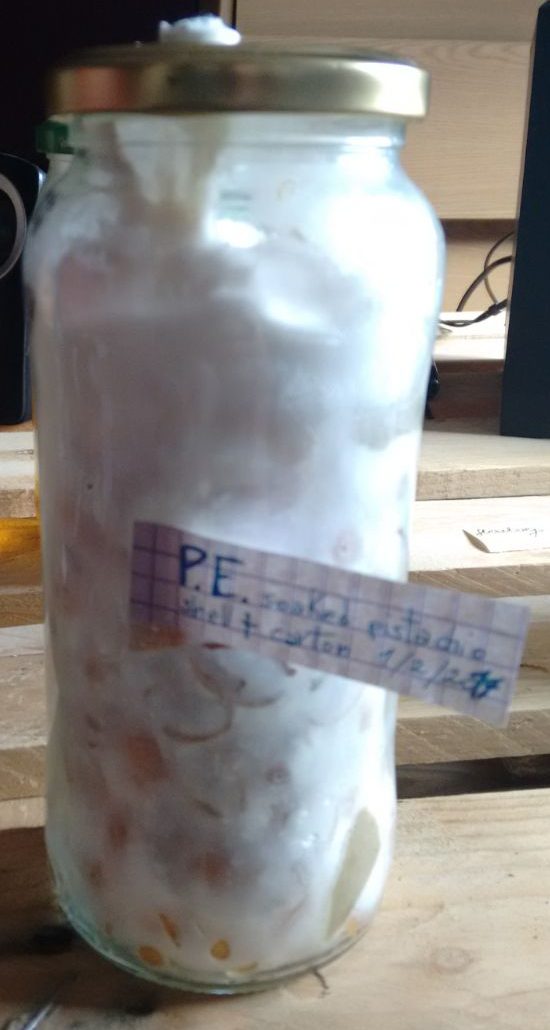
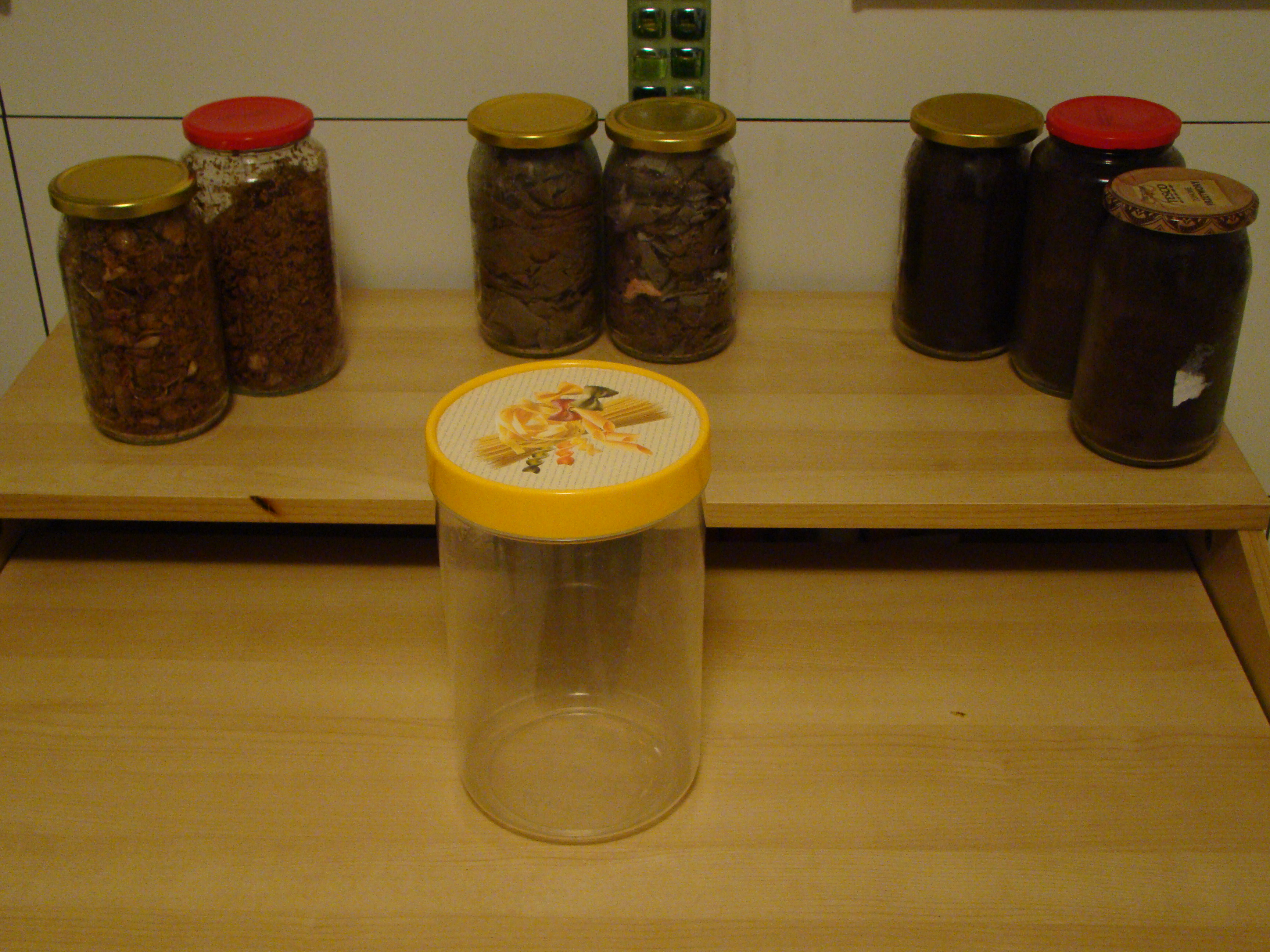
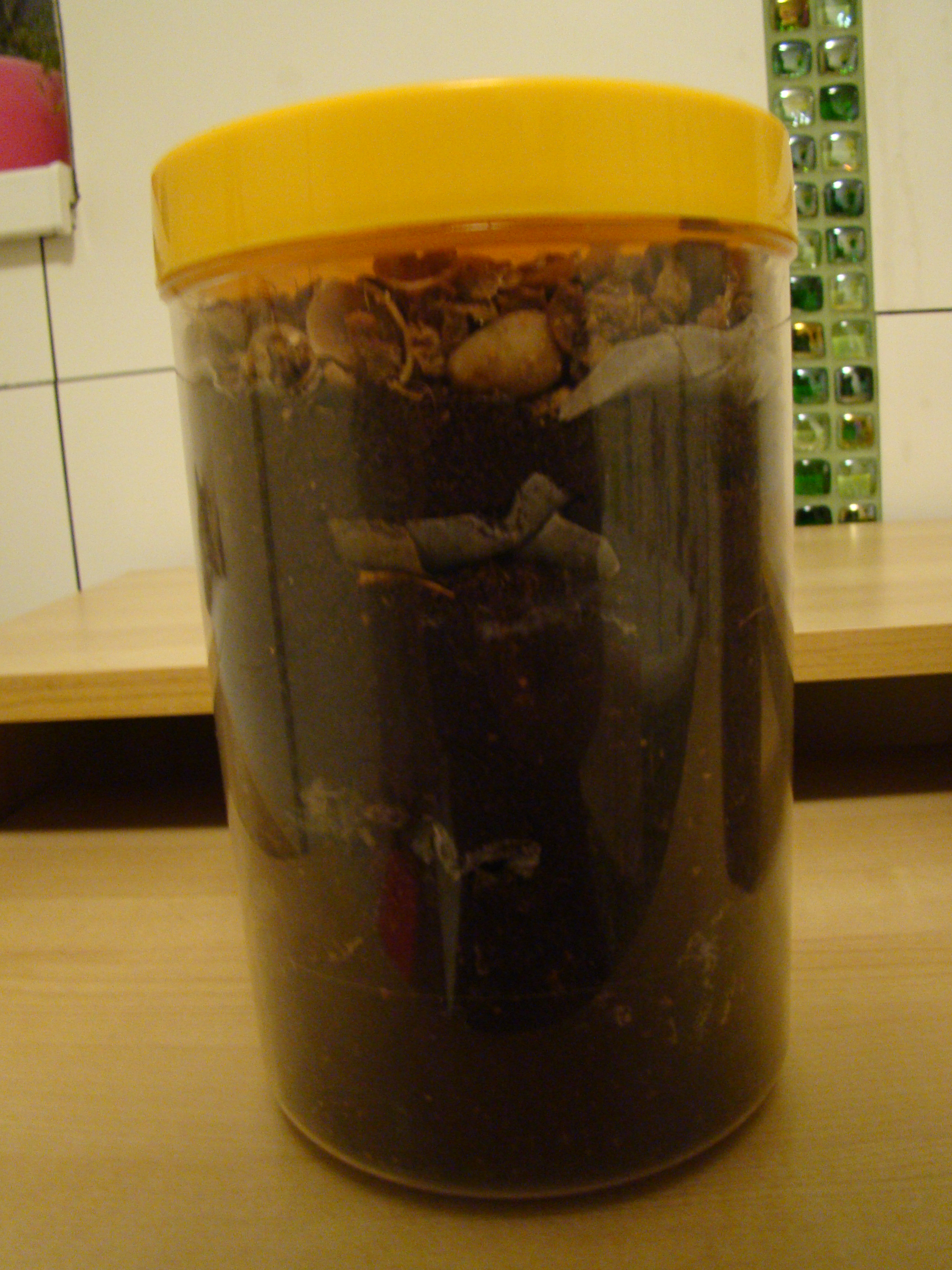
 I used an empty water plastic bottle, made in PET 1 (Polyethylene).
I used an empty water plastic bottle, made in PET 1 (Polyethylene).